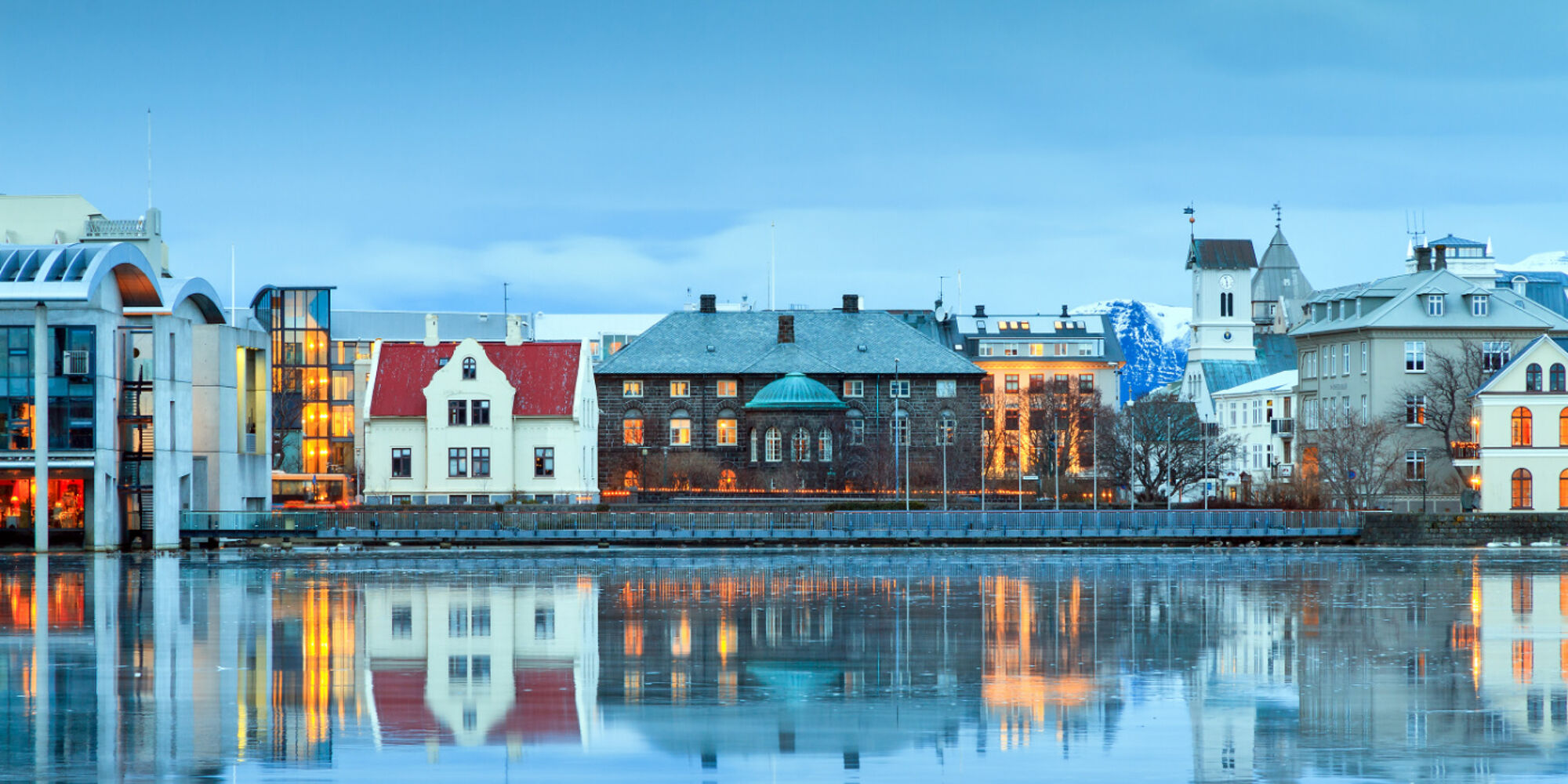
MY SECRET CITY: REYKJAVÍK
The world’s most northerly capital city is a colourful and quirky combination of bustling urban living, dynamic design and sea views. Experience Reykjavík through the eyes of alumna Salka Guðmundsdóttir (MLitt 2007).
"The nights grow dark again after 24 hours of daylight throughout early to mid-summer. Everything still feels open and fresh, but the embrace of darkness is welcome and warm at night."
The best place to take a photo of Reykjavík is from the viewing platform at Perlan, a distinctive building with a glass dome constructed on top of what were once hot water tanks. The platform provides a panoramic view of the city and neighbouring towns, surprisingly spread out for a capital region of just 230,000 inhabitants.
My own neighbourhood, Laugardalur, is a valley in the middle of the city that is dedicated to green spaces, sports and family activities. It’s a great place to live, with most services within easy reach; the Botanic Gardens, plenty of playgrounds and the Reykjavík Zoo and Park for days out with my son.
Ásmundarsafn, one of the buildings that comprises the Reykjavík Art Museum, is a beautiful, unique building designed by sculptor Ásmundur Sveinsson, an Icelandic pioneer who lived and worked there. It’s my favourite building in Reykjavík, housing a collection of Sveinsson’s works as well as regular exhibitions of other artwork. The gardens are full of his sculptures and provided an inspiring playground for me and my childhood friends.
"The annual Reykjavík Jazz Festival in late summer is a vibrant week packed with top-notch performances by Icelandic and international musicians."
If you love music, Mengi is a small but very dynamic music venue in the centre of Reykjavík, run by artists, for artists and art lovers. They have hosted performances by a great number of local and international musicians as well as other types of performance and visual arts, often providing a space for experiments and surprises that is not to be found elsewhere.
For a unique outdoor experience, make sure to go swimming while you’re here. The pools are wonderful, and you will see people from all walks of life enjoying the hot tubs or swimming a few lengths in the pool. There are even special showers now for shy tourists, although I would encourage you to go local by going naked in the communal showers because nobody even gives it a second thought.
There are many museums to choose from but it’s at The Árbær Open Air Museum where you can really disappear into the past. It’s a small village of old traditional houses. They have excellent guided tours, but you can also just wander around and visit the various houses to see how the Icelandic people used to live and work.
You can enjoy many beautiful nature spots in and around the city. Elliðaárdalur is a valley in the eastern part of the city and one of the largest green areas within the city limits. There are salmon in the valley’s rivers, and it is one of the few places in the city where rabbits live in the wild. In summer you will see children jumping into the river on what we consider hot days!
"Iceland is a drama queen when it comes to weather and conditions can go from excellent to awful very quickly. Follow weather reports and heed warnings."
Viðey is another ideal place to find peace and quiet within the city. An island that was once farmland and home to some of the country’s most powerful officials, today it’s home to a large number of birds. There are regular ferry trips across as well as special events, although conservation of the island as a tranquil place of nature is the priority.
Þingvellir is a great place to escape the city for the day. Once the site of the first Althing [national parliament], it’s now a national park of great beauty. It has been too densely packed with large groups of tourists in recent years for my liking but obviously not this summer, although I very much wish the circumstances had been different.
My favourite outdoor activity in Iceland is skiing. We have very fickle winters here in the south as far as snow is concerned, so winter sport enthusiasts from the city will flock to our skiing area in Bláfjöll (the Blue Mountains) whenever it is open, but many also travel to places further north, such as Akureyri and Siglufjörður.
ABOUT SALKA

Photo: Julia Runolfsdottir
Salka is a playwright, translator and editor working mainly in theatre and publishing. Born and raised in Reykjavík, Salka spent five years living in the UK, and has enjoyed many other trips overseas, before always choosing to return to her beloved home city.
My food and drink hit list
Hot dogs (pylsur)
There are three things most Icelanders living abroad will confess to truly missing: our water, our hot dogs and the swimming pools. These can all be combined when you follow up a splash in Laugardalslaug, my favourite pool, with a hot dog from the stand outside. Order one “with everything” for the true local experience.
"Our tap water is safe to drink – you will probably think the smell is weird at first but don’t buy bottled water, it’s the exact same thing."
Ice cream
Offering some of the best ice cream in the city, Ísbúð Huppu is a fairly recent addition to the large ice cream scene in Reykjavík. We Icelanders love our ice cream and will go on an “ice cream drive” at any time of the year, with most ice cream stores staying open until late.
A meal on a budget
Mandí was started by a Syrian family and quickly became one of Reykjavík’s most popular budget eateries. Reykjavík is one of the world’s most expensive cities so those are few and far between, but at Mandí you will find fantastic falafels, shawarmas, kuftas, salads and all sorts of wraps at excellent prices.
A special dinner
Austur-Indíafjelagið has been around since the restaurant landscape was only a fraction of what it is today. This upmarket restaurant run by an Indian-Icelandic couple features chefs from various states of India whose food never fails to make me happy.
Local delicacies
There are so many culinary tourist traps around and lists of supposedly traditional food that nobody here eats! But for my overseas friends, an Icelandic family gathering has often been the highlight of their stay. Get yourself invited to one for some insanely large cakes, our strange but beloved bread/asparagus/ham casserole and flatbread with smoked lamb.
This article was first published September 2020. All opinions expressed are the views of the author and are not endorsed by the University of Glasgow.
TOP 10 REYKJAVIK ATTRACTIONS
1. Perlan Museum
2. Harpa Reykjavík Concert Hall and Conference Centre
3. Hallgrímskirkja church
4. National Museum of Iceland
5. Aurora Reykjavík
6. The Settlement Exhibition
7. Sun Voyager
8. Árbær Open Air Museum
9. Laugavegur
10. Laugardalslaug swimming complex
From Tripadvisor, September 2020


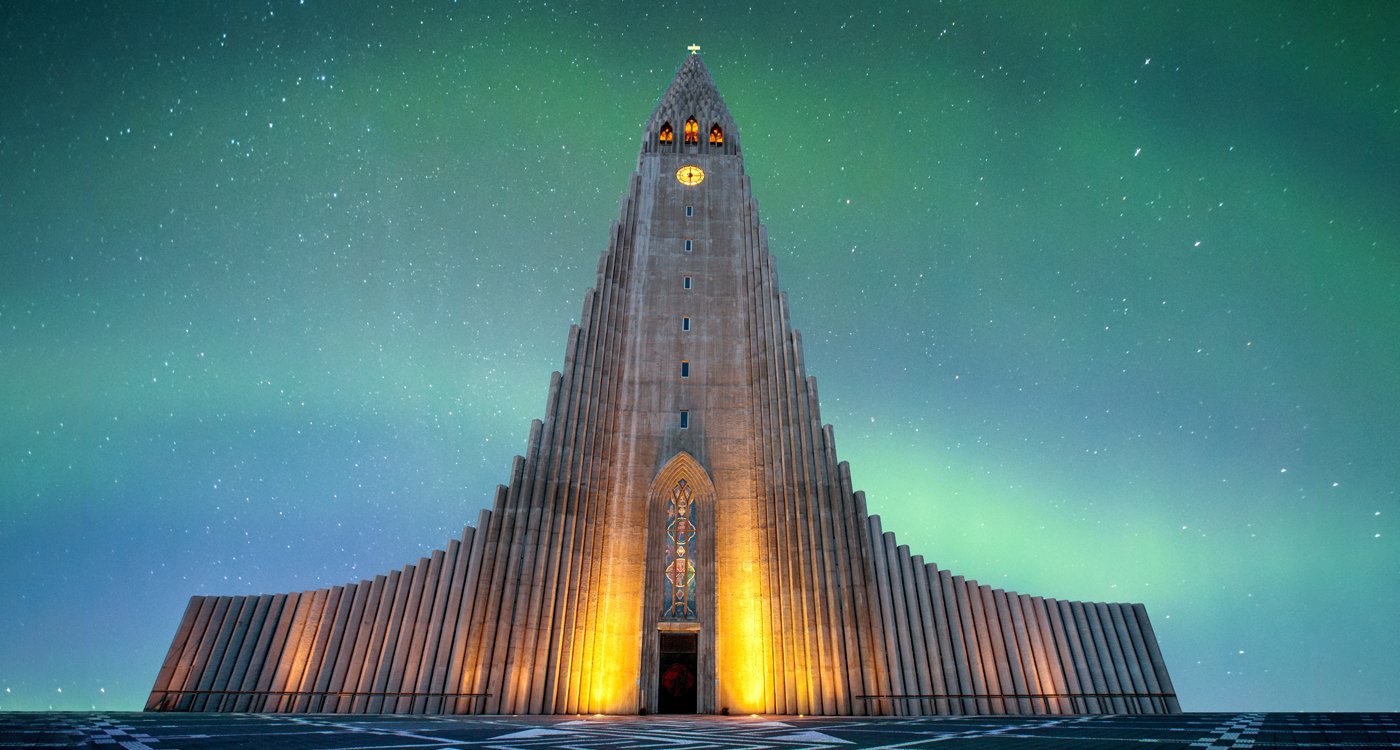
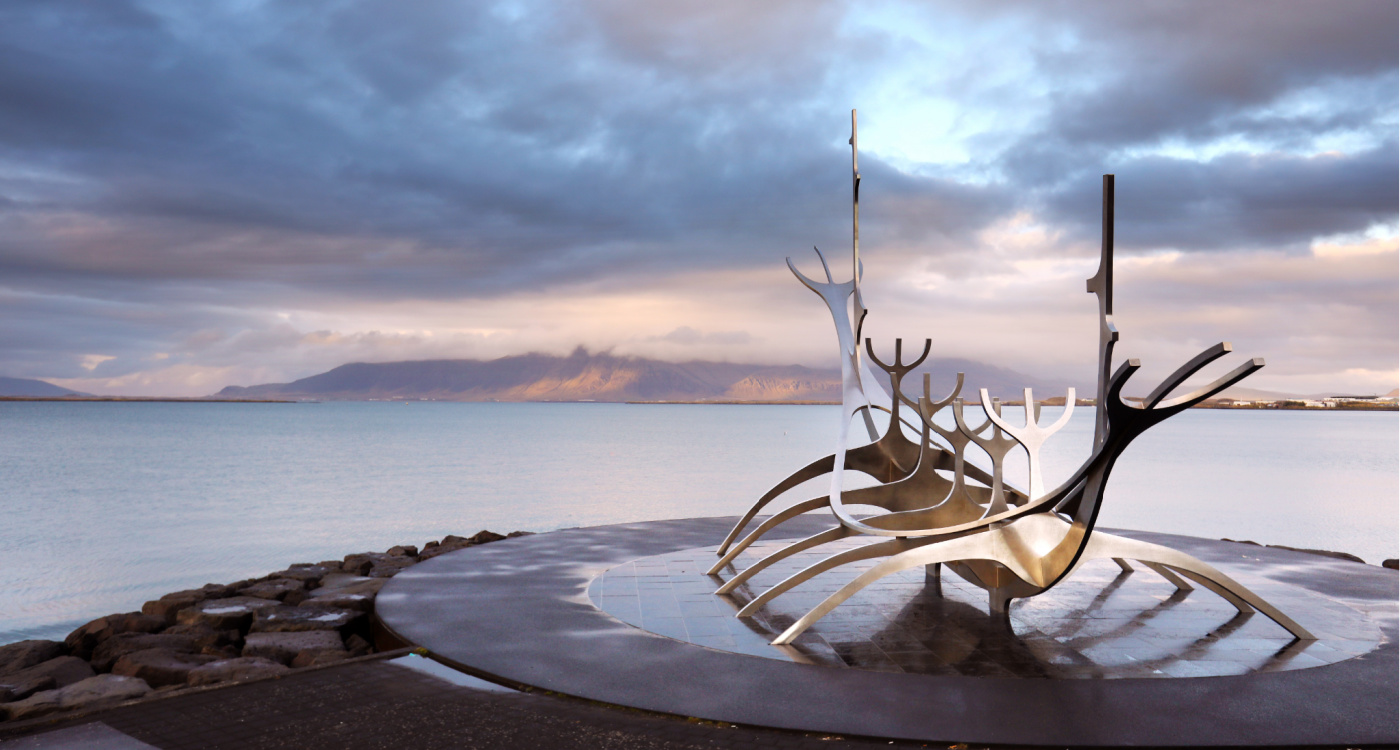
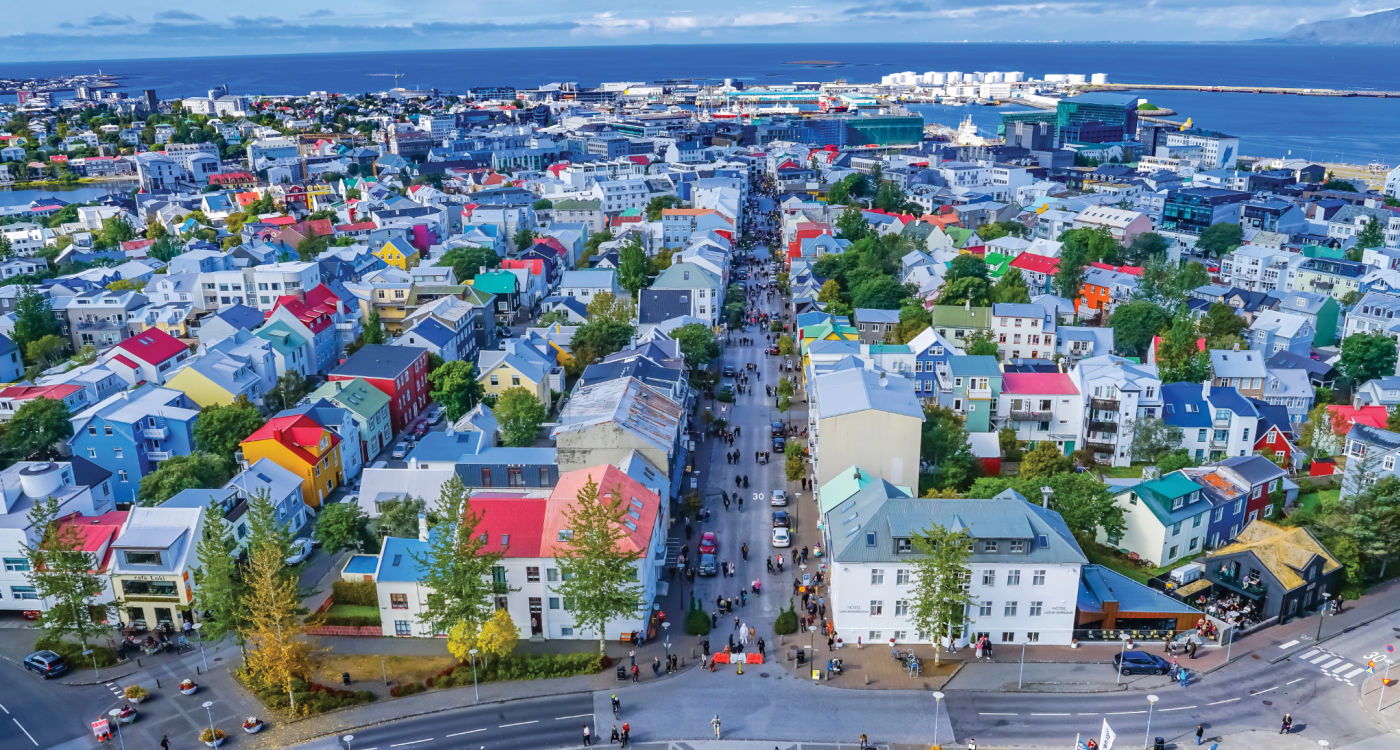
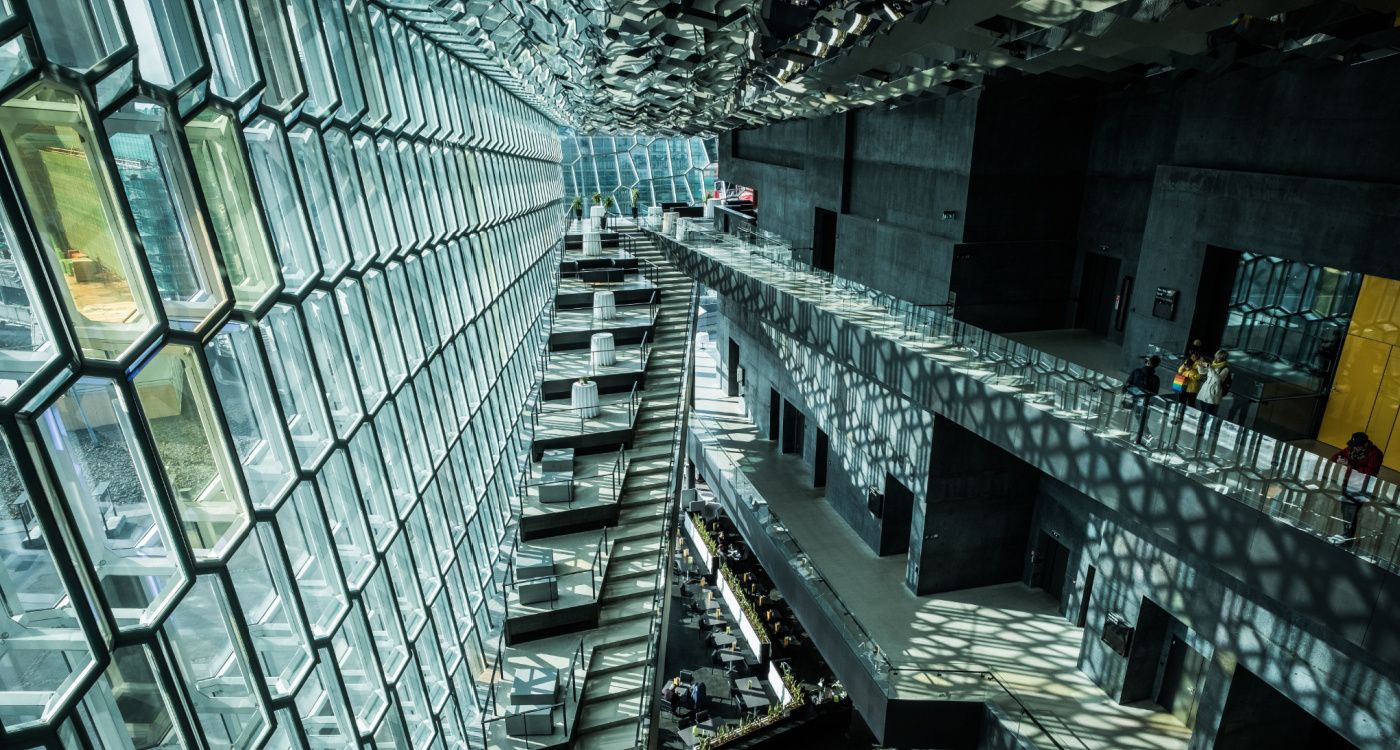
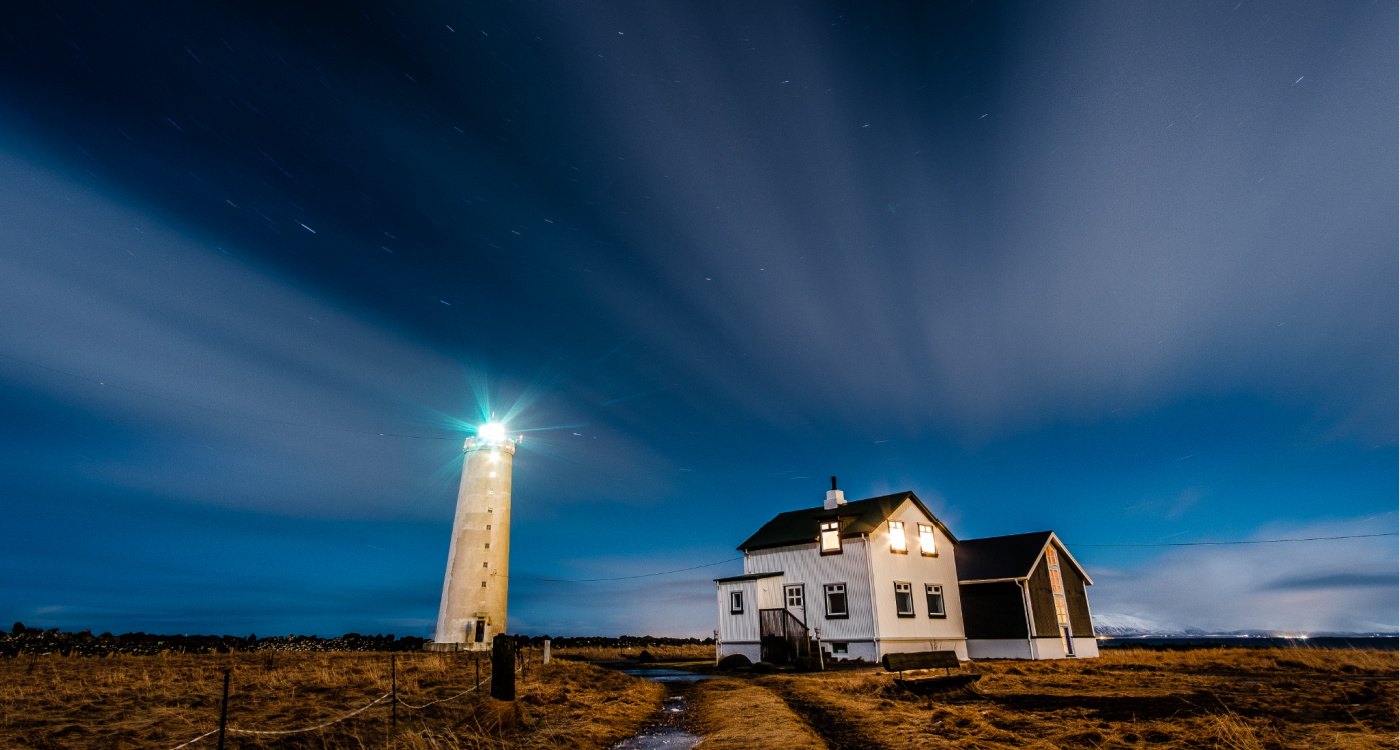
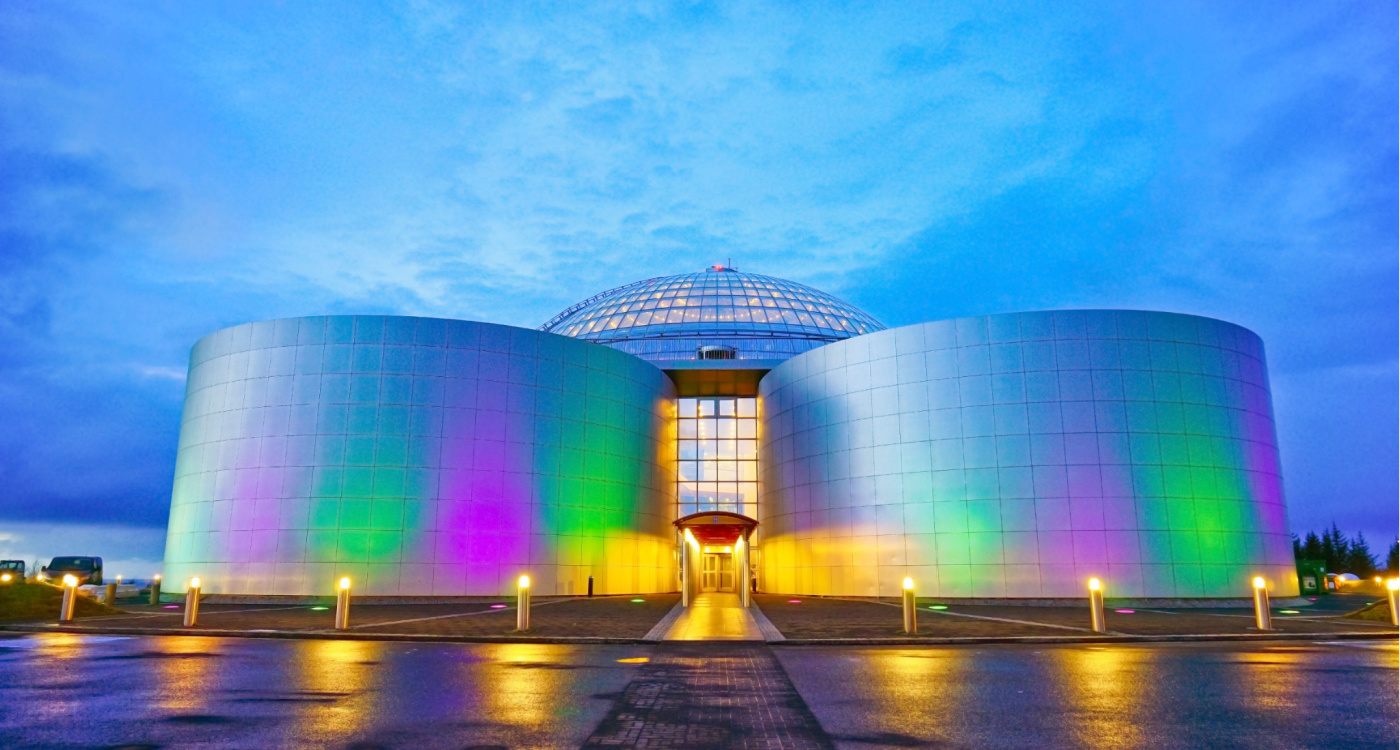
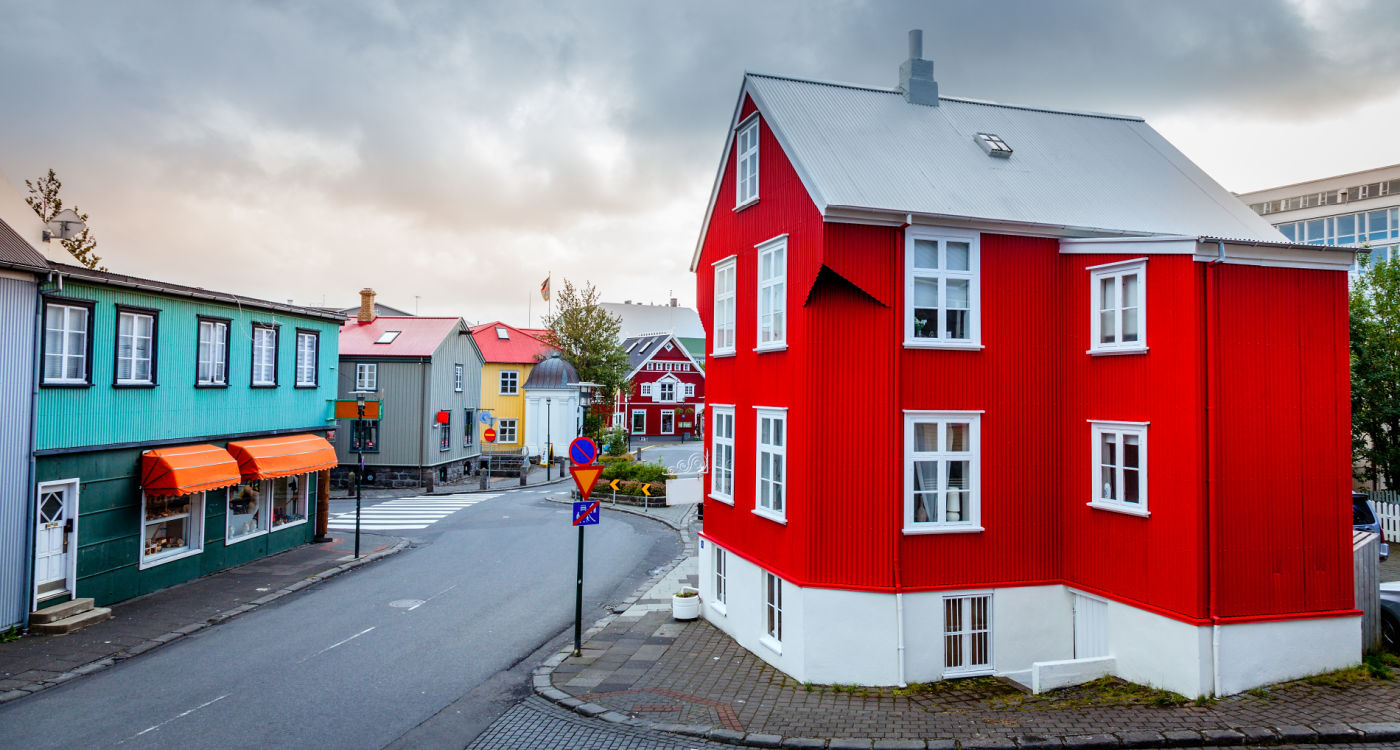
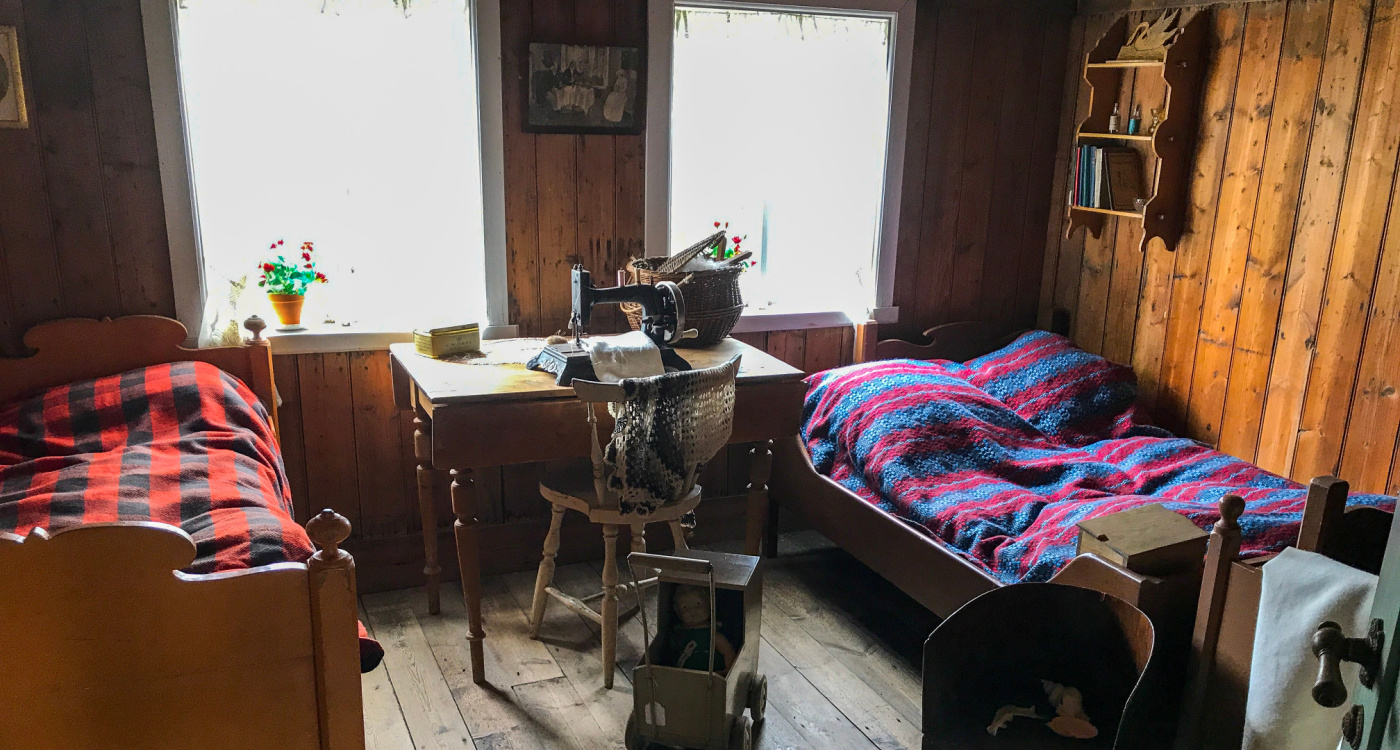
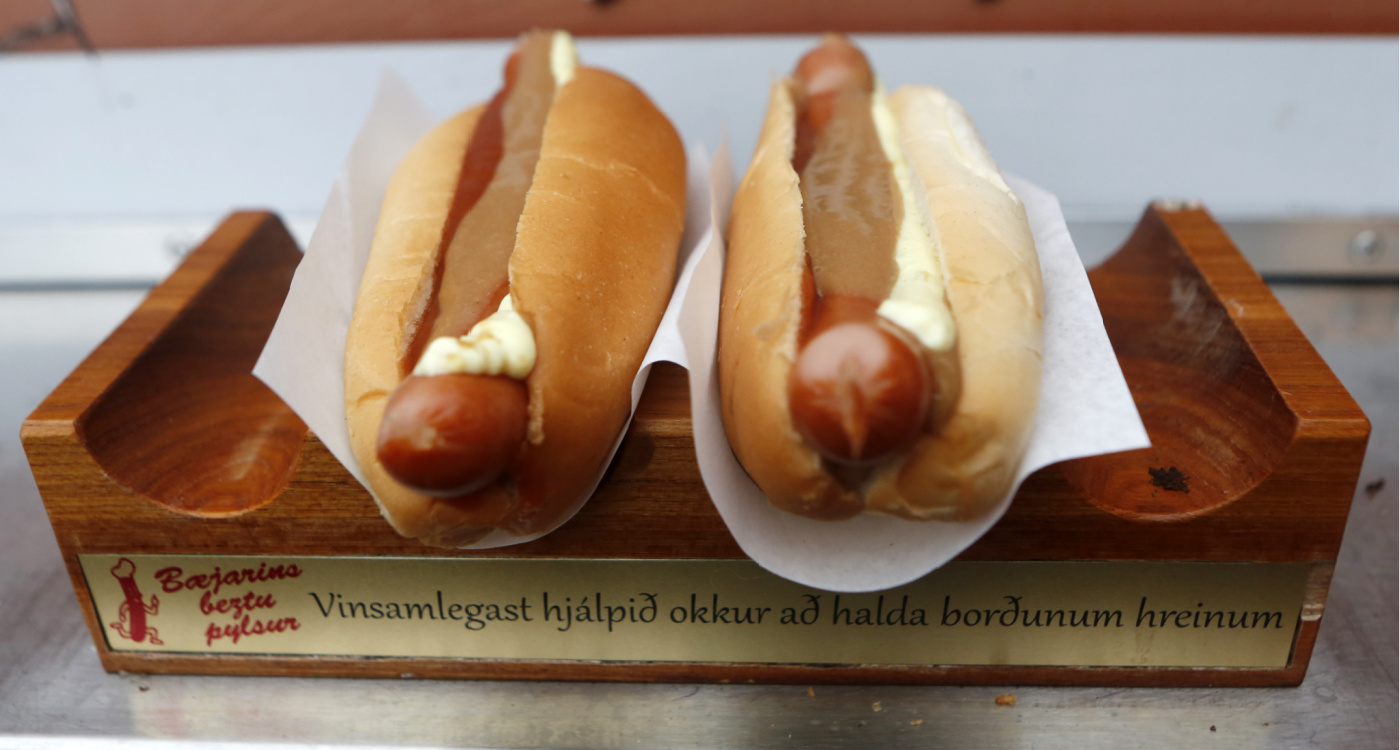 Hot dogs (pylsur) served in a bun. Icelandic hot dogs "with everything" are traditionally topped with mustard, ketchup, mayonnaise, fried onion and raw onion (photo: Shutterstock).
Hot dogs (pylsur) served in a bun. Icelandic hot dogs "with everything" are traditionally topped with mustard, ketchup, mayonnaise, fried onion and raw onion (photo: Shutterstock).